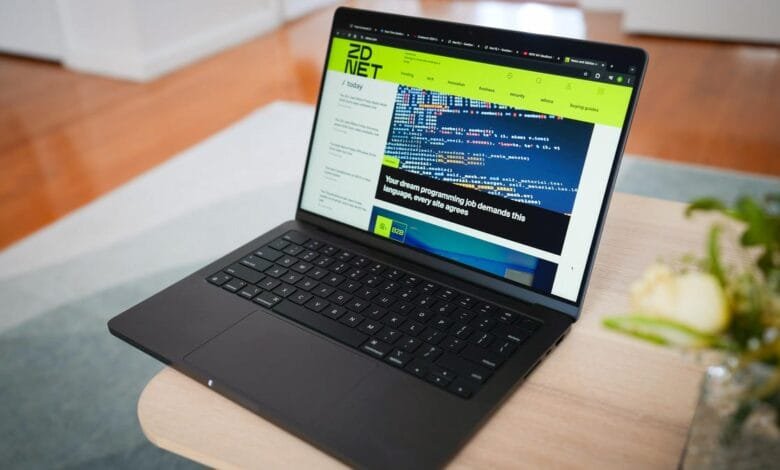How Much RAM Do You Really Need in 2025? (Windows & Mac)

▼ Summary
– 16GB of RAM is now the standard minimum for Windows laptops to handle modern workloads effectively, though 8GB may suffice for basic tasks like browsing and email.
– MacBooks can perform well with 8GB of RAM due to Apple’s optimization, but 16GB is becoming the new starting point for better future-proofing and performance.
– Chromebooks typically require only 8GB or less RAM because ChromeOS is lightweight and efficient for browser-based tasks and Google Suite applications.
– Users with demanding activities like gaming, video editing, or running virtual machines should consider 32GB or more RAM for smoother operation and better multitasking.
– DDR5 is the latest and fastest RAM technology standard, improving data transfer speeds, with LPDDR5X being an energy-efficient variant designed for mobile devices.
Determining the right amount of RAM for your computer in 2025 depends heavily on your operating system and how you plan to use the machine. For Windows users, 16GB of RAM has become the practical minimum for handling modern multitasking demands without slowdowns. While 8GB may still work for light browsing or document editing, anyone regularly juggling multiple applications, browser tabs, or creative software will notice a significant improvement with 16GB or more.
Apple’s MacBooks operate a bit differently thanks to their highly optimized architecture. An 8GB MacBook can often deliver performance comparable to a Windows laptop with more memory, though Apple now starts its MacBook Air M4 models at 16GB, signaling a shift toward higher baseline requirements. For intensive workflows, MacBook Pro models offer configurations with 24GB, 36GB, or even higher, catering to professionals in video editing, 3D rendering, or software development.
Chromebooks, running the lightweight ChromeOS, remain efficient with as little as 4GB or 8GB of RAM. These devices are designed for cloud-based tasks and web applications, making them cost-effective for students or casual users. However, their limited support for traditional desktop software means they aren’t ideal for everyone.
When evaluating RAM, you’ll also encounter terms like DDR5 and LPDDR5X. DDR5 represents the latest standard in memory technology, offering faster data transfer rates and improved efficiency over previous generations. LPDDR5X is a low-power variant commonly used in laptops and mobile devices to extend battery life without sacrificing performance. While DDR6 has been announced, widespread adoption in consumer devices is still on the horizon.
So, when should you consider upgrading? Gamers, video editors, and developers will benefit from 32GB of RAM or more. If you regularly use virtual machines, edit high-resolution media, or keep dozens of applications open simultaneously, investing in additional memory will provide a smoother and more responsive experience. For most office tasks, streaming, and general use, 16GB remains a solid and future-resistant choice.
It’s worth remembering that more RAM isn’t always better, unless you’re pushing your system with professional-grade software, excess memory offers little real-world benefit. Before making a purchase, honestly assess your usage patterns. Are you a casual user, a multitasking professional, or a creative power user? Your answer will guide you toward the right amount of memory without overspending.
Having tested and used a wide range of systems in various settings, from corporate offices to remote workspaces, I’ve learned that the right specs depend entirely on individual needs. There’s no universal rule, but understanding your own workflow is the first step toward choosing a computer that won’t let you down.
(Source: zdnet)
